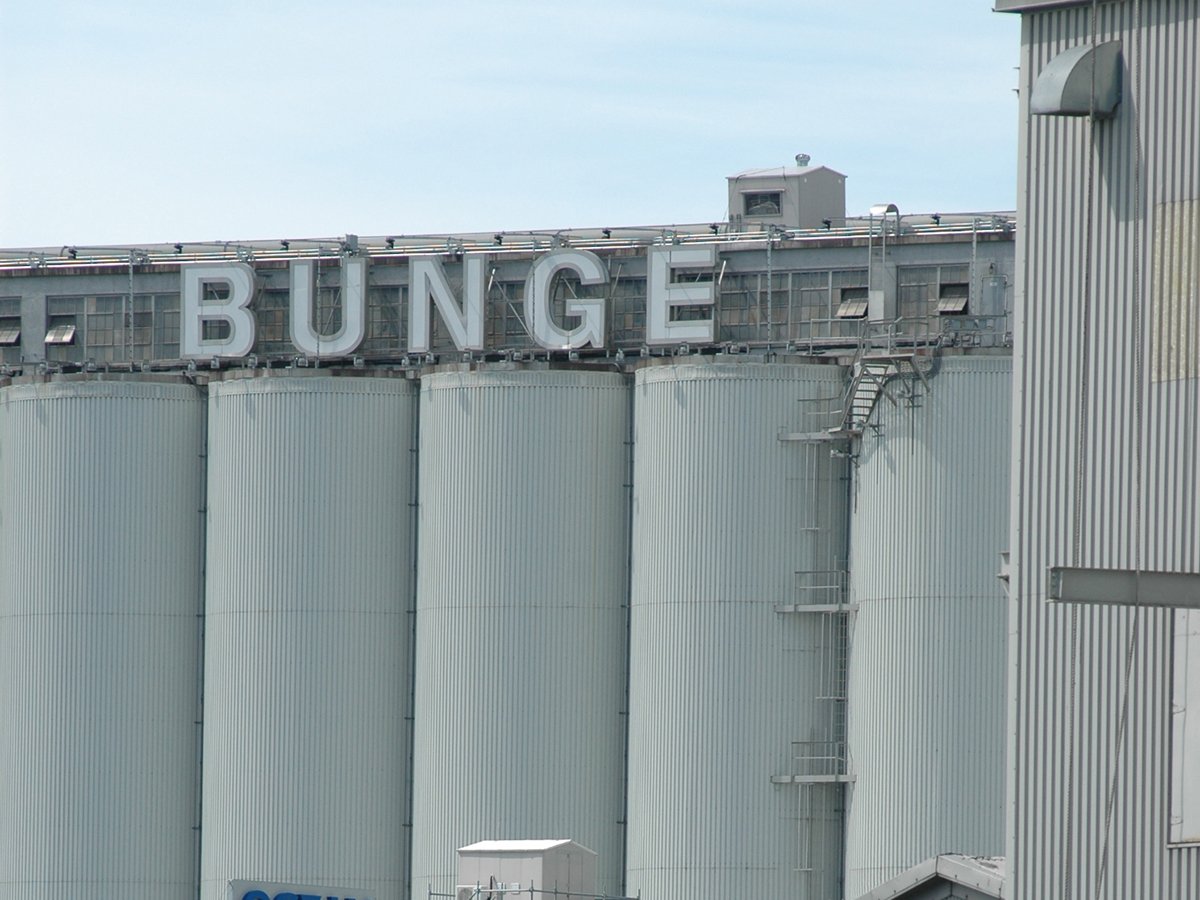With a federal carbon tax looming, Canadian producers and farm groups are expressing unease and anger about the possible consequences.
At this point, few people know what the policy will look like or how it will be implemented on the farm.
Ralph Martin, a sustainable agriculture expert at the University of Guelph, said there’s a simple way to cut through the uncertainty: pay farmers for increasing organic carbon in the soil.
“What we should do … is let each farmer manage the way he or she wants to manage, then look at the outcome,” said Martin, Loblaw chair in sustainable food production at the university. “Then you measure the outcome of (change) in soil organic carbon. If it is, in fact, going up, then there can be ways to pay farmers for that.”
Read Also

Bunge’s crop mix is changing
Bunge has predominantly been a soybean processing firm, but that’s about to change after the merger with Viterra with softseed processing and grain merchandising gaining ground.
The challenge, however, will be collecting accurate data to measure and track changes in soil organic carbon at field scale.
Martin and others are working on methods to measure soil organic carbon efficiently and accurately.
“The trick is to representively sample a field so we have confidence that we know what the soil organic carbon is in a field…. And we know what it is now and in five years from now.”
The agriculture industry and provincial governments need to develop a policy for greenhouse gases and crop production because the federal government plans to impose what it calls carbon pricing.
Prime Minister Justin Trudeau announced in early October a plan in which carbon emissions will cost $10 per tonne in 2018 and increase to $50 per tonne in 2022.
Cam Dahl, Cereals Canada president, said many people in the agriculture sector are anxious because details are opaque.
“Agriculture is an energy-intensive industry…. So the industry is naturally nervous about this,” he said. “It depends on what specific programs and policies look like. We don’t know what those are yet…. (But) programs need to be outcome-focused and based on science… (and) we have to recognize contributions of modern agriculture that have already been made.”
Martin favours a carbon policy that focus on outcomes, not agronomic practices.
“Leave it up to farmers to manage and practice however they want to, to get there.”
In other words don’t compensate farmers for things like conservation tillage. Pay for the result.
“If agriculture can help pull carbon out of the atmosphere, society should be… willing to pay for that,” he said. “It’s also good for the farmer…. I think there will be more resiliency and higher yields…. it improves productivity in the long term.”















